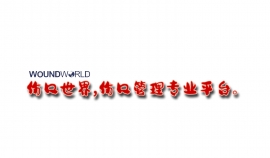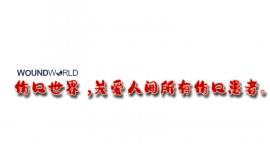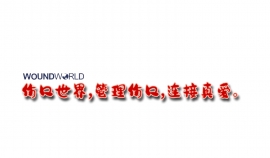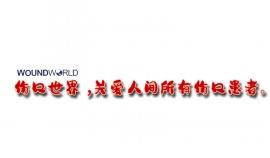文献精选
Habitual calcium supplementation is associated with an increased risk of cardiovascular disease (CVD) amongst people with diabetes but not in those without diabetes, according to this study of UK Biobank data published in Diabetes Care. Over a median follow-up of 8.1 years, 26 374 cardiovascular events were recorded amongst the 435 000 participants studied, and over a median follow-up of 11.2 years there were 20 526 deaths, of which around 4000 were designated as cardiovascular deaths. Amongst those with diabetes, habitual calcium supplementation was significantly associated with higher risks of cardiovascular events (HR 1.34), cardiovascular mortality (HR 1.67) and all-cause mortality (HR 1.44) compared to no calcium supplementation. In contrast, calcium supplementation in those without diabetes was not associated with significantly increased risk of these outcomes. Since habitual calcium supplementation is common in older people keen to reduce the risk of osteoporotic fractures, and since cardiovascular risk is already higher in those with diabetes, any potential increases in risk of CVD or other adverse events associated with calcium supplementation are important.
Pam Brown
GP in Swansea
Citation: Brown P (2024) Diabetes Distilled: Calcium supplementation in people with diabetes – is caution needed? Diabetes & Primary Care 26: [Early view publication]
Habitual calcium supplementation is associated with an increased risk of cardiovascular disease (CVD) amongst people with diabetes but not in those without diabetes, according to this study of UK Biobank data published in Diabetes Care. Over a median follow-up of 8.1 years, 26 374 cardiovascular events were recorded amongst the 435 000 participants studied, and over a median follow-up of 11.2 years there were 20 526 deaths, of which around 4000 were designated as cardiovascular deaths. Amongst those with diabetes, habitual calcium supplementation was significantly associated with higher risks of cardiovascular events (HR 1.34), cardiovascular mortality (HR 1.67) and all-cause mortality (HR 1.44) compared to no calcium supplementation. In contrast, calcium supplementation in those without diabetes was not associated with significantly increased risk of these outcomes. Since habitual calcium supplementation is common in older people keen to reduce the risk of osteoporotic fractures, and since cardiovascular risk is already higher in those with diabetes, any potential increases in risk of CVD or other adverse events associated with calcium supplementation are important.
Pam Brown
GP in Swansea
Citation: Brown P (2024) Diabetes Distilled: Calcium supplementation in people with diabetes – is caution needed? Diabetes & Primary Care 26: [Early view publication]
Stay abreast of the latest news that could impact diabetes nursing.
Paul Chadwick
MD Curative Wound Care Consultancy; Visiting Professor Birmingham City University;Associate Editor, the Diabetic Foot Journal




